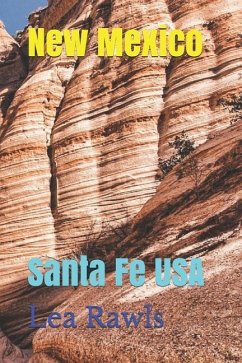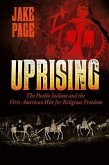New Mexico is a state in the Southwestern region of the United States of America; its capital and cultural center is Santa Fe which was founded in 1610 as capital of Nuevo México. With a population around two million, New Mexico is the 36th state by population. With a total area of 121,590 sq mi (314,900 km2), it is the fifth-largest and sixth-least densely populated of the 50 states.The economy of New Mexico is dependent on oil drilling, mineral extraction, dryland farming, cattle ranching, lumber milling, and retail trade. As of 2016-2017, its total gross domestic product (GDP) was $95 billion with a GDP per capita of $45,465. New Mexico's status as a tax haven yields low to moderate personal income taxes on residents and military personnel, and gives tax credits and exemptions to favorable industries. Because of this, its film industry has grown and contributed $1.23 billion to its overall economy. Due to its large area and economic climate, New Mexico has a large U.S. military presence marked notably with the White Sands Missile Range. Various U.S. national security agencies base their research and testing arms in New Mexico such as the Sandia and Los Alamos National Laboratories. During the 1940s, Project Y of the Manhattan Project developed and built the country's first atomic bomb and nuclear test, Trinity.Inhabited by Native Americans for many thousands of years before European exploration, it was colonized by the Spanish in 1598 as part of the Imperial Spanish viceroyalty of New Spain. In 1563, it was named Nuevo México after the Aztec Valley of Mexico by Spanish settlers, more than 250 years before the establishment and naming of the present-day country of Mexico; thus, the present-day state of New Mexico was not named after the country today known as Mexico. Its history has given New Mexico the highest percentage of Hispanic and Latino Americans, and the second-highest percentage of Native Americans as a population proportion (after Alaska). New Mexico is home to part of the Navajo Nation, 19 federally recognized Pueblo communities of Puebloan peoples, and three different federally recognized Apache tribes. In prehistoric times, the area was home to Ancestral Puebloans, Mogollon, and the modern extant Comanche and Utes inhabited the state. The largest Hispanic and Latino groups represented include the Hispanos of New Mexico, Chicanos, and Mexican Americans. The flag of New Mexico features the state's Spanish origins with the same scarlet and gold coloration as Spain's Cross of Burgundy, along with the ancient sun symbol of the Zia, a Puebloan tribe. These indigenous, Hispanic, Mexican, Latin, and American frontier roots are reflected in the eponymous New Mexican cuisine and the New Mexico music genre.The climate of New Mexico is generally semiarid to arid, though areas of continental and alpine climates exist, and its territory is mostly covered by mountains, high plains, and desert.New Mexico has five unique floristic zones, providing diverse sets of habitats for many plants and animals.According to the 2010 U.S. Census, 28.45% of the population aged 5 and older speak Spanish at home, while 3.50% speak Navajo.Oil and gas production, tourism, and federal government spending are important drivers of the state economy. State government has an elaborate system of tax credits and technical assistance to promote job growth and business investment, especially in new technologies.With a Native American population of 134,000 in 1990, New Mexico still ranks as an important center of Native American culture. Both the Navajo and Apache share Athabaskan origin.
Hinweis: Dieser Artikel kann nur an eine deutsche Lieferadresse ausgeliefert werden.
Hinweis: Dieser Artikel kann nur an eine deutsche Lieferadresse ausgeliefert werden.








